Super soft, oh-so-durable, or a little bit of both—determine the ideal rug material and how to care for it with this helpful guide.
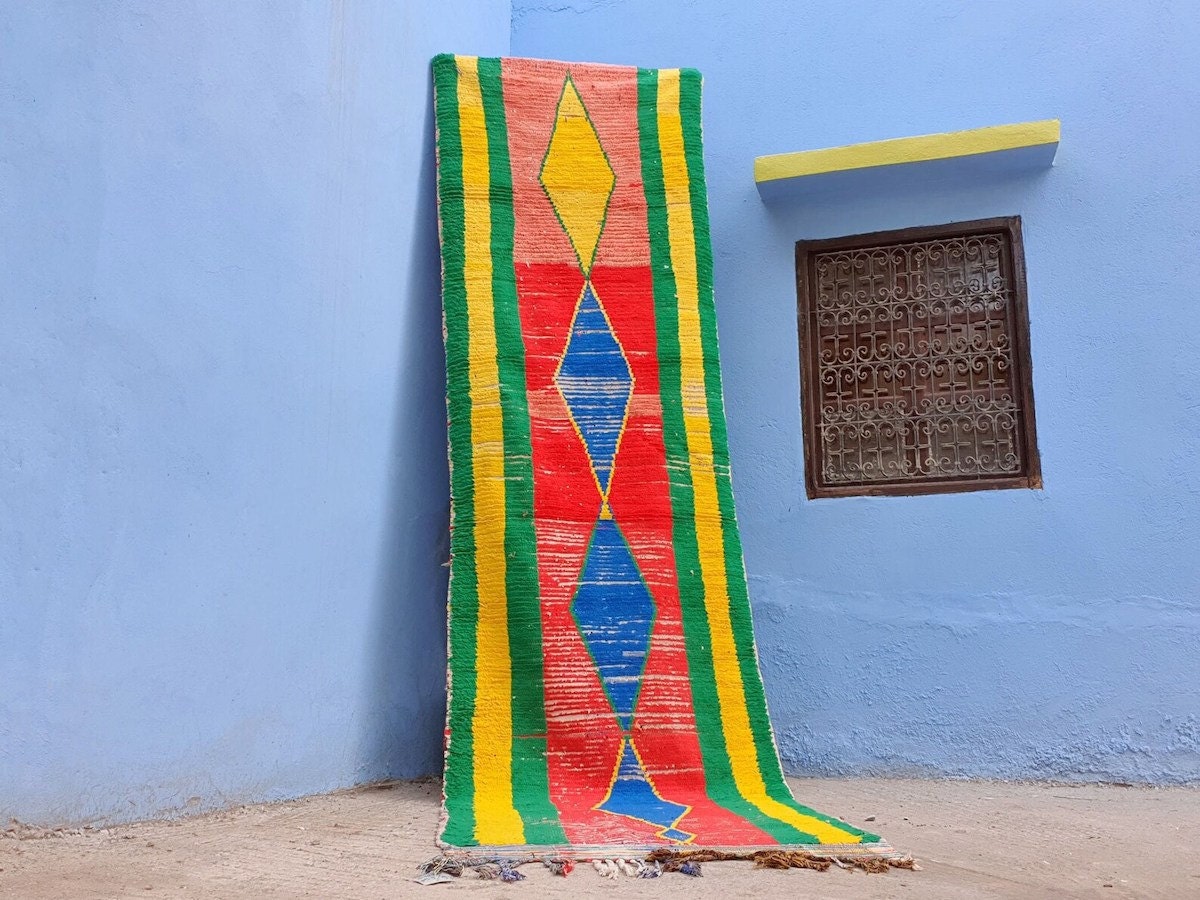
When buying a rug, your first thought might be the overall look and feel of the item. But the real rug aficionados know it’s all about the fibers. Different materials, such as silk or wool, deliver both a specific feel underfoot as well as a signature aesthetic and wear pattern.
Area rugs serve a practical purpose underfoot, and the amount of traffic a rug will receive should influence your rug material choice. Properly cleaning each type of rug material ensures your carpet ages well, and some materials require a little more TLC than others. As you choose a rug, here’s what each type of rug looks and feels like, and most importantly, how to clean each type of rug.
5 Popular types of rugs
The range of possible rug types for your home piles high with modern and vintage rugs galore made from all kinds of materials, in a rainbow of colors, and an array of designs.
One of the most important considerations when choosing the best rug material is its upkeep. How to clean a rug will ultimately impact its suitability for your home and your lifestyle. Since fibers and care go hand-in-hand, let’s talk textiles!
Wool rugs
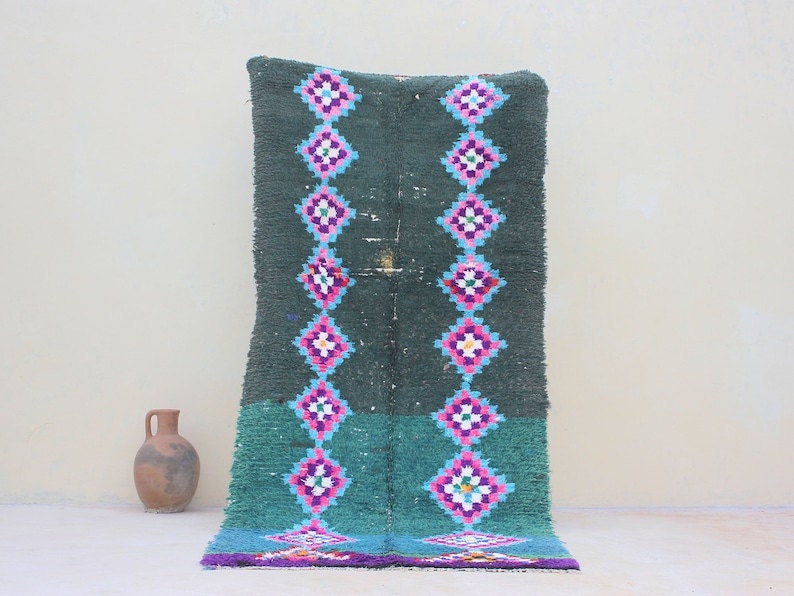
What type of rug is easiest to clean? Wool rugs are highly sought after for their durability, tolerance of stains, and natural insulating properties. They’re also a versatile style choice, with various pile heights, textures, and designs, from thick tufted rugs with scenic motifs to modern rugs in solid colors or minimalistic patterns. Many traditional rug styles from past to present are crafted from wool including Moroccan rugs, oriental rugs, and kilim rugs.
How to clean a wool rug
Wool rugs are easy to care for, making them a good fit for most rooms in the house (including high-traffic spaces). For regular cleaning, loosen any dirt with the help of a broom or rug beater and vacuum it up. For a deeper clean, use a mild detergent and water mixture, sponge the rug, rinse it off with water, and hang it out to dry.
Jute rugs

Natural plant materials like hemp, abaca, seagrass, and jute rugs are popular due to their naturally organic aesthetic. These earthy rugs are popular elements of coastal and bohemian-inspired decor thanks to their coarse, chunky textures and playful patterns. They look superb tossed across a wooden floor or as an accent in the bathroom. It is common to see multiple jute rugs layered in a living room or an open-concept space.
How to clean jute rugs
Clean a jute rug by beating away surface dirt and brushing with delicate soap and water. To spot clean jute rugs, use a dry cleaning powder, let it sit, then brush or vacuum the evidence away. It’s important to avoid excess moisture when cleaning a natural rug as plant fibers tend to shrink or warp when left wet for too long.
Silk rugs
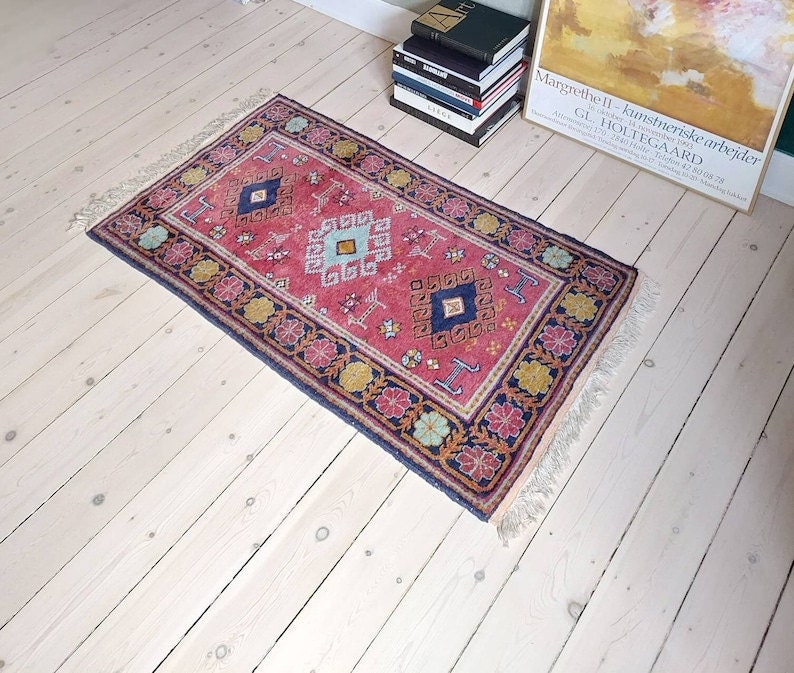
Silk is a beautiful and luxurious fabric that’s found in many hand-knotted vintage rugs, and it remains a luxurious choice today. Silk rugs have a soft sheen and come in many intricate designs. Silk is typically used in traditional Chinese, Turkish, and Indian rugs that are hand-woven. These styles often lay out a colorful display with geometric patterns, floral designs, or symbolistic motifs of their various cultures.
How to clean silk rugs
Cleaning silk rugs requires special care to preserve their delicate nature. Spot cleaning is recommended—blot the stain with plain water or a mild, silk-specific cleaning solution. It’s wise to leave any significant spills or deep cleaning to the pros.
Synthetic fiber rugs
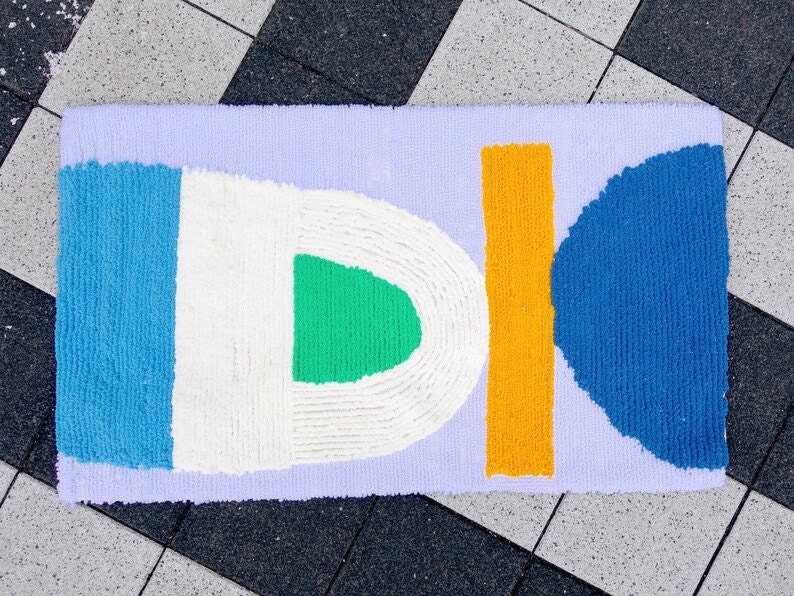
Synthetic materials like polyester, polypropylene, and nylon are used to make rugs that are durable, affordable, and easy to maintain. The low-maintenance nature of synthetic rugs make them well-suited for any space, including kids' bedrooms, busy entryways, and outdoor patios.
Synthetic rugs can mimic the look and feel of natural fibers and come in a wide range of styles and designs. Shag rugs are often crafted from synthetic fibers that feel super soft and fluffy underfoot with their long pile length and plush texture. Craving a rug for your patio? Outdoor rugs are typically made from synthetic materials, too, and have water-resistant properties.
How to clean synthetic rugs
For regular care of a synthetic rug, vacuuming does the trick. Be sure to use a vacuum setting that works with the pile height of your rug—a low setting works well for low-pile rugs while a higher vacuum setting is best suited for plush, high-pile rugs. Wash a synthetic rug by steam cleaning or with a carpet shampooing method and let it thoroughly before placing it back on the floor.
Specialty rugs
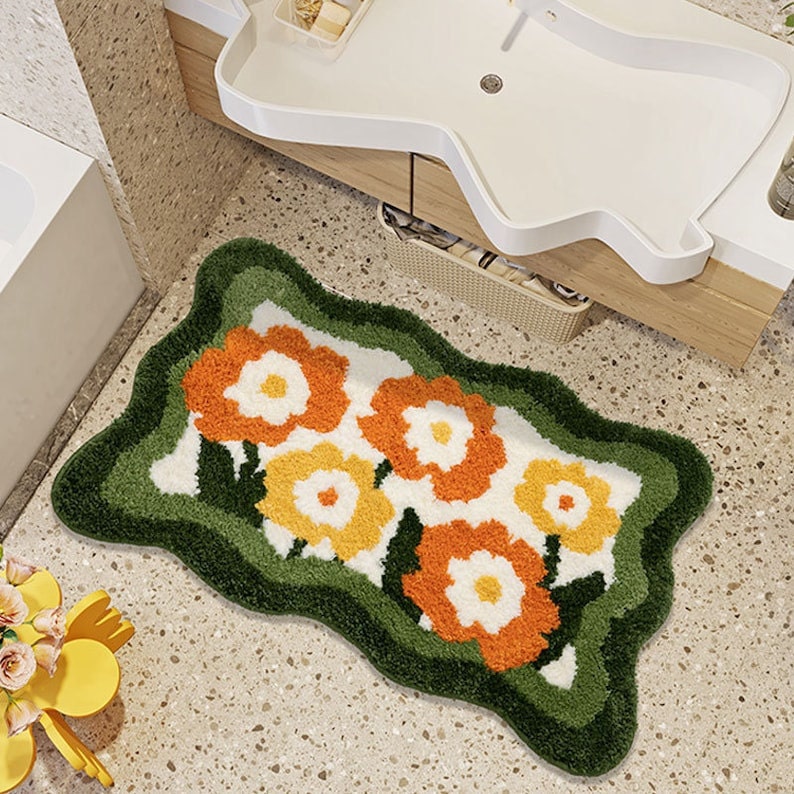
Animal hide rugs like sheepskin, cowhide, and reindeer hide rugs are eye-catching floor coverings with a rustic, wilderness appeal. Add a wild west charm to your living room with a cowhide rug or toss a sheepskin rug beside your bed to keep things cozy. Just like your luscious locks, animal hide rugs should be brushed regularly to preserve their natural texture and be free of tangles.
Keep in mind, you can respect responsible sourcing practices by purchasing from reputable Etsy sellers whose animal hides were obtained by ethical means. If you prefer a completely animal-free option, opt for faux hide rugs that echo the same look and feel as the real deal.
Hand-knit rugs or latch-hook rugs are visually stunning rugs that add character to any space. These delicate rugs are often made with yarn from natural or synthetic materials that result in a higher pile and feel super soft underfoot.
How to clean specialty rugs
Take cleaning advice from the seller and use material-specific solutions for spot-cleaning specialty rugs. Place these rugs in low-traffic areas to avoid the need to clean frequently and for general upkeep, gently sweep or shake the debris from your rugs.
How to keep your rug in good condition
In addition to routinely brushing, vacuuming, and deep cleaning your rug, there are a few simple rug care tips that will keep it in tip-top shape.
How often do you rotate rugs?
In addition to consistent cleaning, rotating your rugs a couple of times a year ensures the rug wears evenly. Rotating a rug can help prevent noticeable sun fading or traffic patches.
Do you need a rug pad?
Yes! Rug pads extend the life of your rug by preventing sliding, which introduces wear and tear. For a good general-use rug pad, choose one made from a thin, non-slip material like rubber. To keep it hidden, your rug should have about a one-inch overhang on all sides of the rug pad.
How do you shake out a rug?
Before you grab the dust buster, give your smaller rugs a good shake outdoors to help remove dirt and debris.
What’s the best way to vacuum a rug?
Give rugs in high-traffic areas a vacuuming on a regular basis and clean decorative accent rugs as needed. You’ll also want to vacuum with care—it’s advisable to use a vacuum with a low-suction setting and a brush attachment to treat delicate rugs.
How do you spot-clean a rug?
Spills and muddy paws are a part of life, but you can save your rug from stains by taking action right away. As soon as you notice your rug has been soiled, spot-clean the area with the recommended cleaning method for the type of rug.
What is the best way to dry a rug?
Rugs made from any material should be kept dry to prevent the icky growth of mildew and mold. Whenever possible, hang your rugs or prop them up from the floor in some way so that they can dry thoroughly after cleaning.
How to flatten a new rug
When you buy a new rug, you’ll usually have some straightening out to do. New rugs are typically rolled up for shipping, leading to curled corners and creases. Over time, lighter rugs or natural rugs may curl a bit at the edges. Flatten a rug quickly and easily by following these steps:
- For lightweight rugs, try rolling the rug in the opposite direction for a few hours. This should help flatten the rug by counteracting the original roll.
- To flatten thick or large rugs, try adding weights along one side, then carefully unrolling, holding the rug tight, and placing additional weights along heavy curves as you go.
- For a rug that’s already been laid out and positioned, flatten the rug by folding curling corners in the opposite direction. Depending on the material, you can try adding some heat with a hairdryer to help relax the fibers.
Ready to choose a new rug? Ensuring the right fit for the space can avoid creating unnecessary wear and tear on the edges of the rug. Here's how to measure for a rug to find the right fit.



